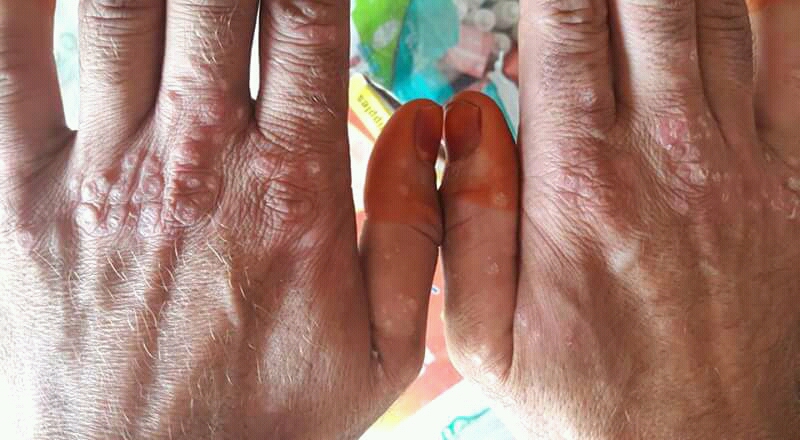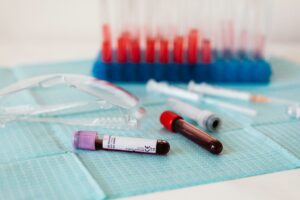Learn Everything You Need to Know About Plaque Psoriasis

Plaque psoriasis manifests as red, itchy, scaly spots on the skin and can be very uncomfortable. This autoimmune disorder persists over time, and currently, no treatment option offers long-term relief. Modifications to one’s way of life and pharmaceuticals are used in treatment.

When it comes to immune-mediated inflammatory conditions, psoriasis is far and by the most prevalent. This is a skin disorder that also affects the joints and can trigger abnormalities in other body systems. Around eighty to ninety percent of psoriasis sufferers are diagnosed with plaque psoriasis.
This ailment is not caused by an infection and is not spread from person to person. Plaque psoriasis usually take the form of red, raised, circular patches on the skin. The hypersensitivity of the epidermal cells causes the plaques to be prone to scaling.
Psoriasis sufferers run the risk of developing psoriatic arthritis. Psoriasis can take on several forms over the years, and this is quite natural for some people. Anxiety and emotional tension may be caused by severe cases of plaque psoriasis, but the illness can be managed using a variety of professional and holistic approaches.
Causes, triggers, and treatment options for plaque psoriasis are discussed in this article.
How can you know if you have plaque psoriasis?
Psoriasis plaques appear as red, thickly scaled areas on white skin. Those with deeper skin tones may notice that these spots are more deeply colored and more substantial. Psoriasis can cause discomfort and pain in the affected areas, and it can feel itchy, especially on the scalp.
Scratching, which can cause bleeding and infections, is strongly discouraged by dermatologists. Damage to the skin from things like waxing, getting a tattoo, or even a severe sunburn can trigger a bout of plaque psoriasis.
Plaque psoriasis’s potential target organs
Plaque psoriasis symptoms are highly individual and can manifest in a number of different ways and locations on the body. The most typical locations are the scalp, knees, face, back, hands, and feet, and the outside of the elbow.
Plaque psoriasis detection
Plaque psoriasis may seem like eczema or a fungal illness. You can tell if you have plaque psoriasis if you have any of these symptoms: Symptoms include dry, red patches; silvery scales covering the skin; bleeding or itching due to inflammation; uniform, plaque-like growths on the skin. In this article, you will learn which signs and symptoms of psoriasis you should never disregard.
Plaque psoriasis severity assessment
Plaque psoriasis is graded by a dermatologist using the Psoriasis Area and Severity Index (PASI) score, which takes into account the disease’s color, thickness, scaling, and area covered. Furthermore, this metric can be used to monitor the treatment’s success.
Psoriasis plaque redness, thickness, and scaling all contribute to classifying a given area as mild, moderate, severe, or even extremely severe. Plaque psoriasis will be categorized by doctors based on PASI score.


